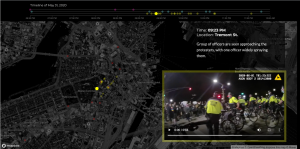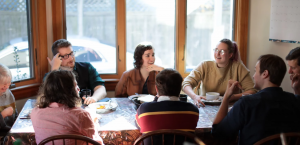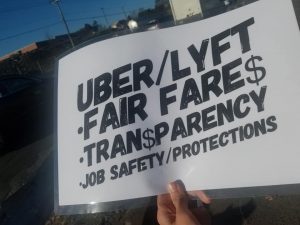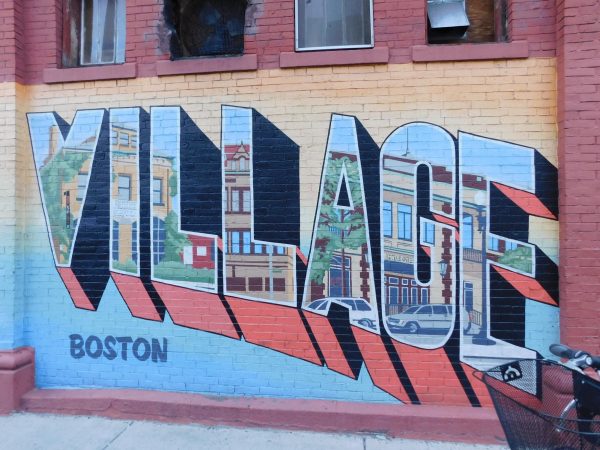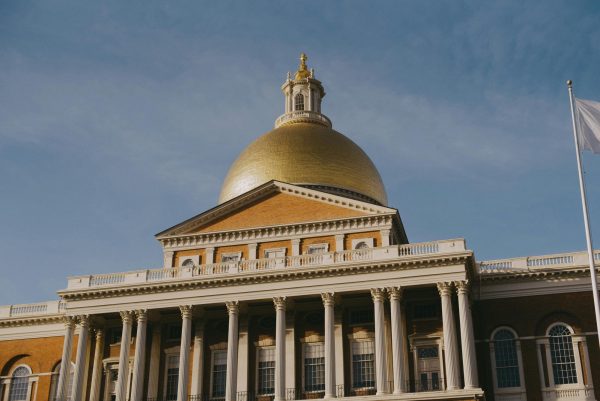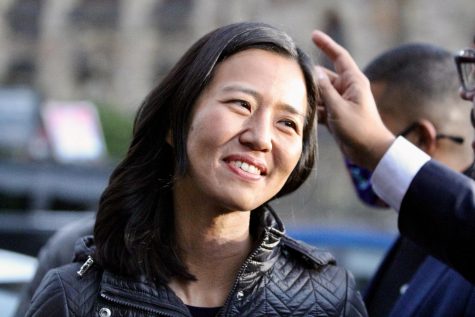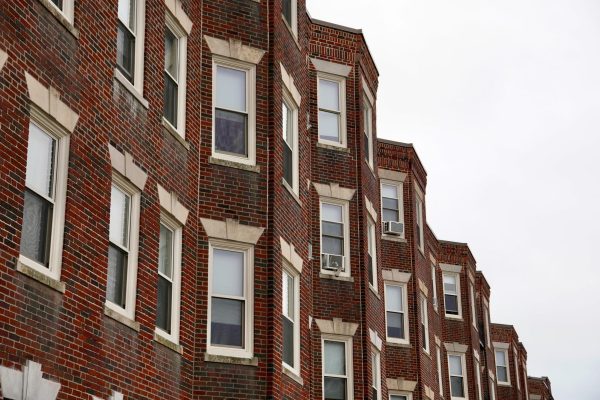As Boston ballet community reckons with a year of change, dancers advocate for more agency
For the ballet community in Boston and beyond, this past year has been like no other for the art form, which has an aging reputation for being white, elitist and resistant to breaking from tradition.
In a highly competitive field in which careers are more finite than most, it’s rare for classical ballet dancers to stop moving. But when the pandemic hit last year, things changed.
For Chyrstyn Fentroy, a soloist for the Boston Ballet, the unexpected halt left her grappling with a question she normally wouldn’t ask until retirement: Who was she outside of ballet?
“As dancers, we spend our whole lives training to do this one thing and suddenly all of that is gone,” said Fentroy, “and you feel like you’ve lost part of yourself and you have to figure out who you are as a person.”
At the same time that Fentroy and her peers were grappling with this new reality, the ballet industry as a whole began experiencing its own crisis. With social justice protests erupting across the country, organizations were left questioning the culture inside of their own institutions. For the ballet community in Boston and beyond, this past year has been like no other for the art form, which has an aging reputation for being white, elitist and resistant to breaking from tradition.
“So the thing about ballet is that it has never really interrogated itself. About anything really, but certainly not about how it fits into the larger culture,” said Theresa Ruth Howard, a diversity strategist and the founder of Memoirs of Blacks in Ballet (MoBBallet). “In a hierarchical sense it floats above, right? The ballerina floats above everything. Like it’s not real and it’s not attached.”

As the Black Lives Matter movement gained momentum in the heat of last summer, that hierarchy began to collapse. And in the ensuing months, the feathery illusion that the art form is innocent and insulated from problems that have infected the rest of society has begun to slip away.
“Ballet organizations are made up of people, and we know that people live in the larger culture where white supremacy is a fact,” Howard said. “And so we have to begin to recognize that as each of those people cross the threshold into these ballet organizations, they carry all of that information, all that socialization, into the building, into the art with them.”
Both today and for centuries, ballet has been assimilated around cultural forces at play in the larger world. As Lea Marshall writes in a February op-ed for Dance Magazine, “Tracing the history of the form from the Renaissance courts of Europe through imperial Russia, ballet emerged in the U.S. in the mid-19th century and its impact expanded during the early to mid-20th century – a history spanning slavery and Jim Crow. American ballet could not help but reflect the country’s white supremacist foundations and preoccupations.”
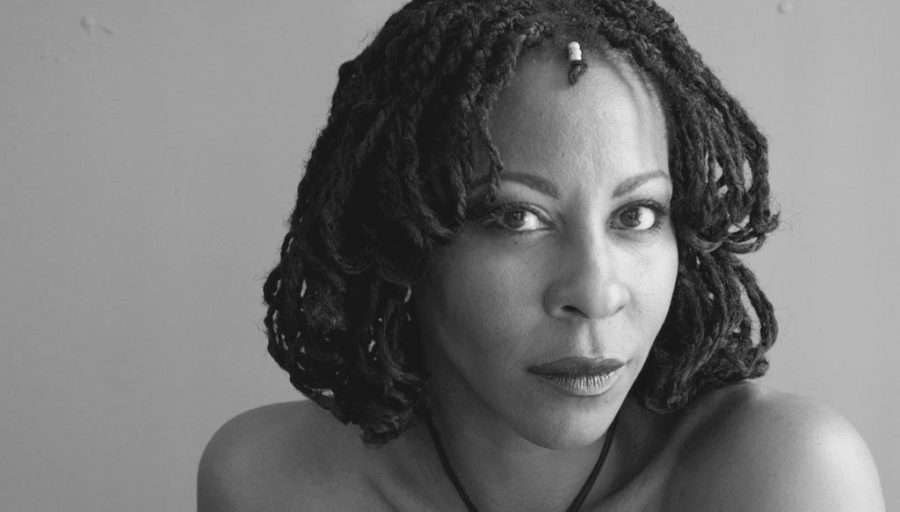
It’s also been deeply shaped by many Black artists and companies, said La’Toya Princess Jackson, who goes simply by Princess and is a classically trained ballerina and former instructor at the Boston Ballet. While completing her master’s degree at Harvard, Princess dedicated her thesis work to tracing the impact that Black dancers have had on the field, and how their contributions have been largely ignored in the classical ballet canon.
“What happens is the history of what we’ve contributed to ballet gets placed into this other box, as opposed to it being put into the box of ‘Yes, this is also classical,’” said Princess, citing the example of George Balanchine, one of the most influential choreographers in ballet history, and his relationship to Arthur Mitchell, co-founder of Dance Theatre of Harlem and the first Black dancer to join New York City Ballet.
“George Balanchine was heavily influenced by his work with Arthur Mitchell and vice versa,” said Princess, “so there’s this exchange that’s happening with Black ballet dancers and their overall contributions to the ballet field that doesn’t get reported.”
This historical erasure has a direct impact on the present state of ballet, according to Princess, “As a Black girl if I don’t see myself in the history of something, I feel like I don’t belong, right?”
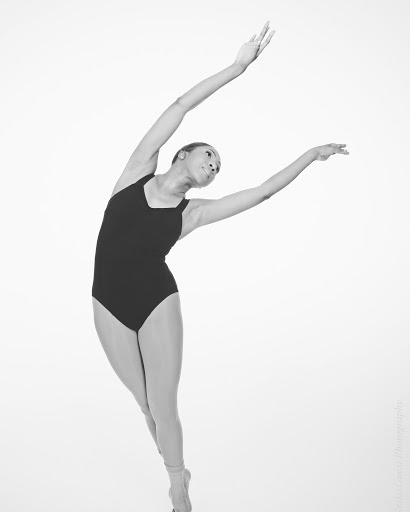
For Fentroy, who is currently the only Black woman in the Boston Ballet company, the rift created by the social justice movement has provided a new understanding of who she wants to become outside of dancing.
“That really led me to just realize that I needed to have something that is in a leadership position,” said Fentroy, “in order to make the changes, and to have the power to make the changes, that I feel like people deserve and need.”
Currently, Fentroy is pursuing a Bachelor of Science in Leadership at Northeastern University. This is a significant decision given that dancers often struggle, not only with finding their place outside of performing, but also with developing a sense of agency and authority. Princess said she believes this problem is rooted in a specific mindset that many ballet artists are trained to have.
“As a dancer, we’re taught to be perfect, or we’re striving for perfection, which is obviously never attainable. But you want to always be on point, you always want to present yourself in your best way,” Princess said, “and so you don’t want to step out of line, you don’t want to question authority, you don’t want to rub people the wrong way. Because you are here, essentially just for this one task, and that’s to entertain.”
This type of thinking, said Marissa Parmenter, an associate professor of dance at the Boston Conservatory at Berklee and the director of dance education at Festival Ballet Providence, is drilled into dancers from a very young age, especially at larger institutions.
“Ballet is a very patriarchal forum and it’s not built to be a democracy … so whoever is at the head, whether it be the director of a school or the artistic director, sets the value system. And it falls in line with a very Eurocentric, very heteronormative and patriarchal system,” Parmenter said. “And so as that trickles down into training, you have the person in the front of the room who is the absolute authority and so anything that they say is taken as the final word. And that can be very damaging and very toxic to young minds.”
Parmenter said this is a fear-based model of learning, in which questioning is discouraged and conformity is valued. As students move into professional roles, they are traditionally not allowed to speak up or contradict decisions made by artistic directors and others in leadership about casting, choreography and other key choices. While in some ways this is about discipline, it also comes from severe power imbalances.
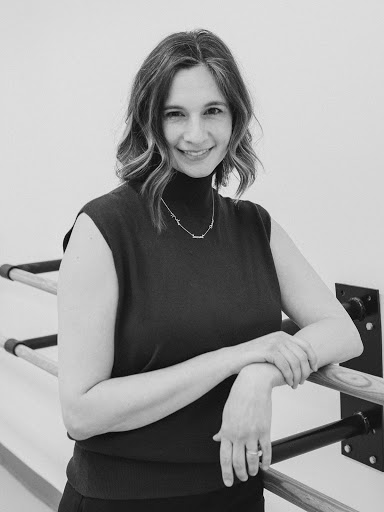
“Historically people would say things about their grievances or they would try to address something that they see as problematic and they would then have some sort of repercussion in their career,” said Fentroy, “whether it’s literally them losing their job or they start to lose opportunities just because they started to speak out of line. And I think that that’s something that’s real and exists in a lot of ballet institutions.”
These power disparities make it difficult for the culture to change and they can amplify issues like racism and sexism within the field. For instance, since there are many more girls growing up and competing in the art form, Parmenter said they are often made to feel dispensable.
“It’s even more important that you listen to that authoritative figure in the front of the room. So you don’t stand out as being problematic, as being difficult to work with,” said Parmenter. “In some ways, it teaches young girls to just be compliant, simple, easy. And it takes away their agency, it takes away their individuality.”
Even as they move into professional careers, many women continue to feel undermined and left out of leadership roles. Infantilization also plays into this power dynamic, and it’s common practice within many companies to refer to adult ballerinas as girls.
It’s also reflected on a physical level, with features like a rail thin physique, small chest and narrow hips frequently selected for. This aesthetic is also highly racialized, with a preference for pale skin and straight buns.
Fortunately, trends like these are changing as ballet organizations gain more critical awareness of the problem. Many people no longer refer to the term “ballet body,” with a new understanding of how this standard privileges whiteness, and models women as child-like.
But Parmenter said there are still issues the industry needs to come to terms with. In a similar way to cycles of abuse in families, she said she believes that toxic models like fear-based learning are passed down from generation to generation of dancers. Those who survive it go on to teach it.
Fentroy agrees with this sentiment, adding “If I had to tolerate X, Y and Z, and I was never given the space to think outside of the box and think that was wrong and articulate that was wrong, in my mind, it’s right. And now I’m leading a company and I’m going to do the same things because I was successful in my company. I may not have always been happy, but I was successful, so this is how the ballet company should be run. So it’s like this weird cycle.”
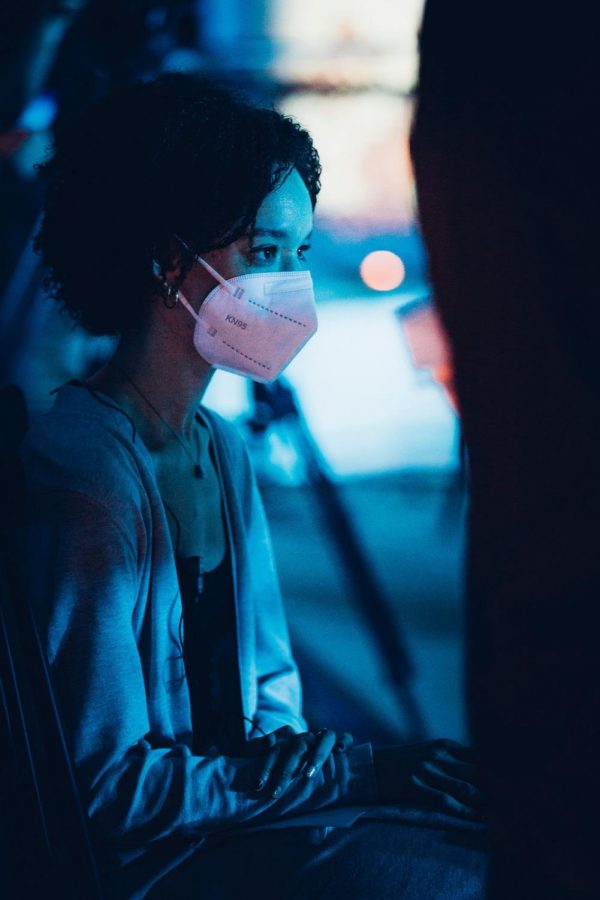
The bigger issue, according to Howard, is that there’s a false sense in the industry that this type of environment is required to maintain and push the art form forward.
“We feel like if we change something like that, then the art will somehow be damaged. Like if you have empowered human beings who have opinions and ask questions and all this stuff, this slows down the art, gets in the way,” Howard said.
In the current climate, it’s become clear that the culture is really being held back when dancers are left without a sense of agency and voice – without the tools needed to change things. This is evident particularly in artists like Fentroy, along with countless others, who have been catalyzed into action by the events of this past year.
“I was finally learning how to use my words and have a voice and say the things that I’ve thought for a long time without fear of repercussions or without fear of anything other than just wanting it to be better for the people that come after me,” Fentroy said. “I always knew that dance is something that I’m passionate about, but there’s something deeper than just doing movement for me. But I could never really put my finger on it. And it’s that I really want to make the world that I exist in better for the people that exist in it after me, in whatever capacity I can.”
She recently helped create an initiative called Color Our Future, a mentorship program that connects students at the Boston Ballet School with professional dancers to discuss DEI (diversity, equity, and inclusion) issues, both in the ballet world and outside of it.
“I think that it’s turned into this really beautiful thing where we’ve built these really beautiful, meaningful connections between professional artists in the company and students … and I think that it’s something that is really valuable beyond even probably my understanding,” said Fentroy, “even beyond the students’ understanding in this moment.”
When she reflects on the steps that the Boston Ballet has made in response to rising calls for accountability and change, Fentroy said she believes in the work being done and that the company’s heart is in it – and that counts for something. But as transformative and turbulent as these past months have been, Fentroy said that the type of shift that is needed takes time.
“We have to start allowing people to develop their voices and articulate when things are wrong,” Fentroy said. “And institutions need to be comfortable with being uncomfortable in changes because of those things, in order for us to break the cycle that’s ongoing.”
In the coming weeks and months, dancers will be returning to the stage, audiences will flow back into theaters and ballet students will gather at full capacity in studios again. Many are excited, not at the notion of returning to normal, but for gathering together as a community that has been irrevocably shaken, changed and incited to evolve over the course of this year – when time for so long seemed to stand still, and yet, everything moved.




